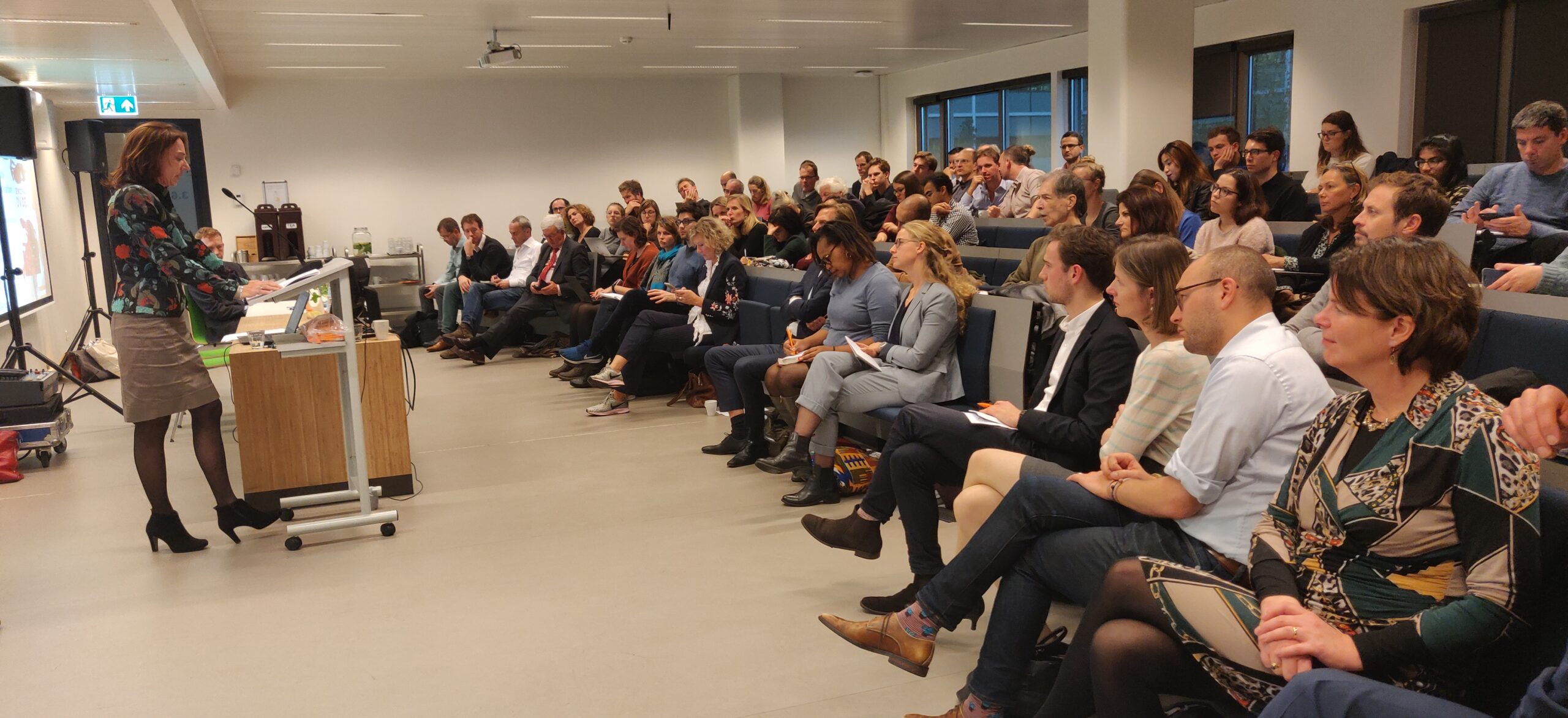A crisis for democracy, or its evolution?

This is not a crisis of democracy. Instead, this is how democracy gets real. Thomas Carothers’ book presentation organized by NIMD and Leiden University brought home the message that there is work to be done. Violet Benneker, NIMD Knowledge Advisor and moderator at NIMD’s event “Democracies Divided with Thomas Carothers” shares her conclusions from the discussion.
A book about political polarization in our democracies cannot be good news, and it certainly is not. Thomas Carothers, a leading authority on international support for democracy and editor of the book ‘Democracies Divided’, gave it to the audience straight; people are angry and demand something better. Economic, religious and cultural differences are used by political leaders to split societies, and polarization tears at the seams of our democratic systems. Subsequently, the temperature of democracy is going up across the globe.
Is democracy in dire straits?
The panellists present at the event agreed with his stark message. Professor Ingrid van Biezen (Leiden University) presented the numbers; we see more countries in which the quality of democracy is on the decline, than we see countries where democracy is improving. Caroline Gaita, Executive Director of Mzalendo (a parliamentary monitoring organization and NIMD’s partner in in Kenya), painted the picture; in the 55-year-old democracy of Kenya, mistrust of government and political establishments is at an historic high and rising, while civic space keeps shrinking. Her work, which is to ensure that political leaders are accountable to the public, is a continuous challenge.

Polarization doesn’t justify pessimism
Yet, all the speakers believe that this is the moment when democracy gets real as well. Polarization is part of the democratic process, and democracies need to be prepared to handle it. And there is good news on that front.
Professor van Biezen emphasized that, despite the current setbacks, there are more democracies in the world today than ever before. More people now have a say in politics than ever before. Caroline Gaita’s work shows the promise of new technologies in democracy, as she uses them to connect voters to their elected leaders on a daily basis. Thomas Carothers sees solutions in bridging efforts that foster dialogue and greater understanding across partisan divides, and democratic innovation to reduce polarization.
Caroline Gaita of Mzalendo explains how polarization between parties can bring political progress to a halt.
The answer is better democracy, and more dialogue
What does this all mean for our work? NIMD believes political conflict and some polarization are unavoidable. Indeed, polarization is part and parcel of a functioning inclusive political system. However, the trick is to make sure such political conflict is resolved through dialogue, rather than violence – and that it results in political outcomes that reflect the demands of all citizens.
Thomas Carothers on how we can combat polarization in our own political communities.
We facilitate the peaceful resolution of political conflicts by building trust and facilitating dialogue between political rivals. We connect political power-holders to groups and leaders who are excluded from the political scene, such as women and youth. We lobby international actors to make sure that inclusive political decision-making is at the top of the global political agenda. Yet, we do not do this alone.
To quote Carothers: it is citizens themselves who create new bridges among the divides, who look for reforms in the political system that might change the way that elections work. Who get the media to be more consensual, rather than divisive. There is no single solution to polarization, but there are many small solutions.
